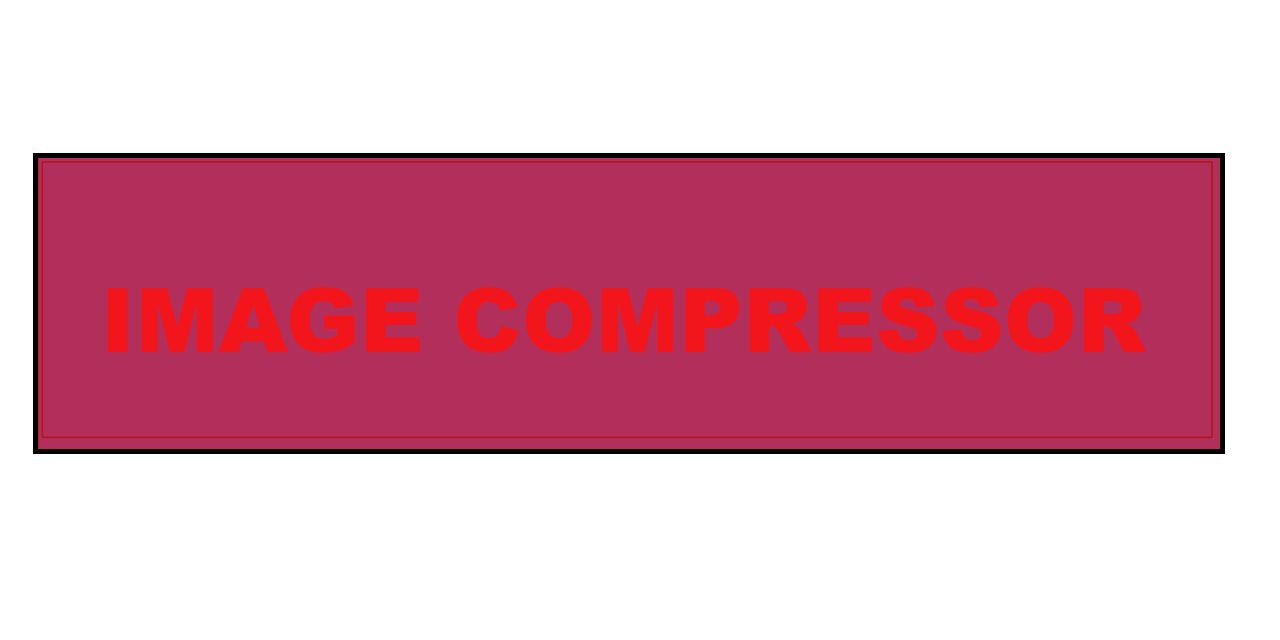This is a Free Online Tool to Compress JPEG Images to lowers file sizes.

How to Convert PNG to JPG Effortlessly
- Select any PNG image file you wish to convert into JPG format.
- Click the "Upload Image" button to begin the upload process immediately.
- Once uploaded, your PNG image will be automatically converted into a JPG format. A download link for the JPG image will be generated.
- Click on "Download Image in JPG" to get your converted image at no cost.
Why Converting PNG to JPG is a Great Decision
What makes PNG to JPG conversion so beneficial?
Converting PNG images to JPG format is a practical choice for those managing numerous files. JPGs require significantly less storage space than PNGs, making them ideal when dealing with limited storage or uploading images online. The smaller size ensures faster uploads and downloads.
Additionally, JPG files are widely supported across platforms and devices, while PNG files, though excellent for high-quality transparency, may not always be compatible. JPGs ensure your images are shareable and viewable without encountering compatibility issues.
Moreover, JPG compression reduces file size without a major loss in quality, which is perfect for email attachments, web use, and saving storage space. This format balances quality and efficiency, making it an excellent choice for practical applications.
In short, converting PNG to JPG is a smart way to optimize storage, compatibility, and convenience, whether for personal or professional use.
PNG vs. JPG: Choosing the Right Format
Understanding the differences between PNG and JPG formats
PNG (Portable Network Graphics): Known for its ability to handle transparent backgrounds and sharp details, PNG is ideal for logos, icons, and illustrations. This format uses lossless compression, preserving image quality but resulting in larger file sizes.
JPG (Joint Photographic Experts Group): Popular for its versatility, JPG is widely used for photographs and images with complex colors and gradients. JPG employs lossy compression, which reduces file size but slightly impacts image quality, making it suitable for scenarios where storage and speed are priorities.
Deciding between these formats depends on your needs. If quality and transparency are vital, choose PNG. For photographs and file size efficiency, JPG is the better option.
How to Convert PNG to JPG for Free
Converting PNG to JPG is straightforward with numerous free tools. Here's how:
- Visit an online converter like Convertio or Adobe Express.
- Upload the PNG file and customize settings if required, such as image resolution.
- Click "Convert" to generate the JPG file automatical